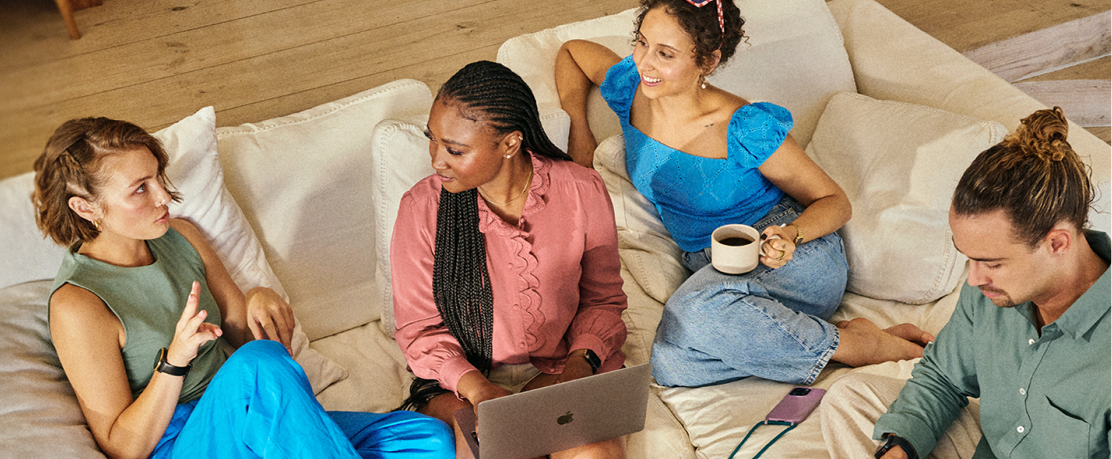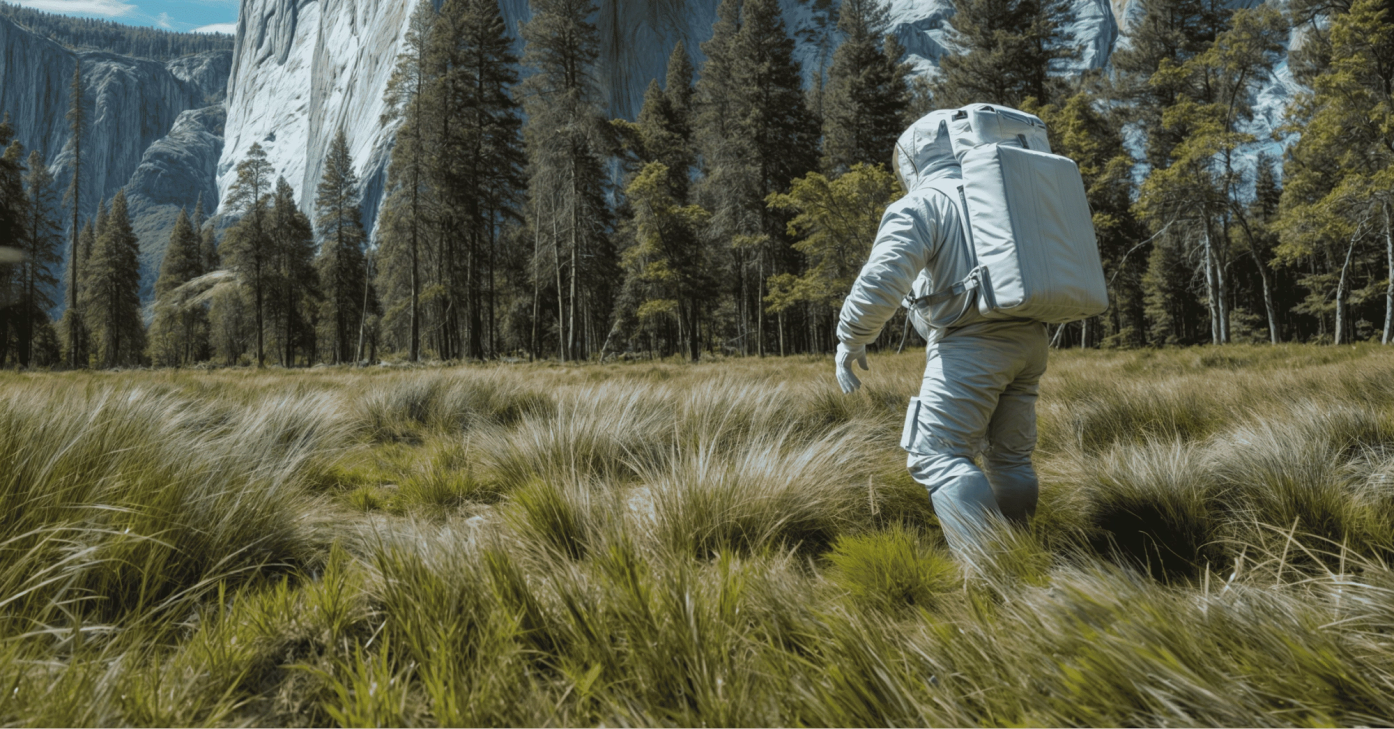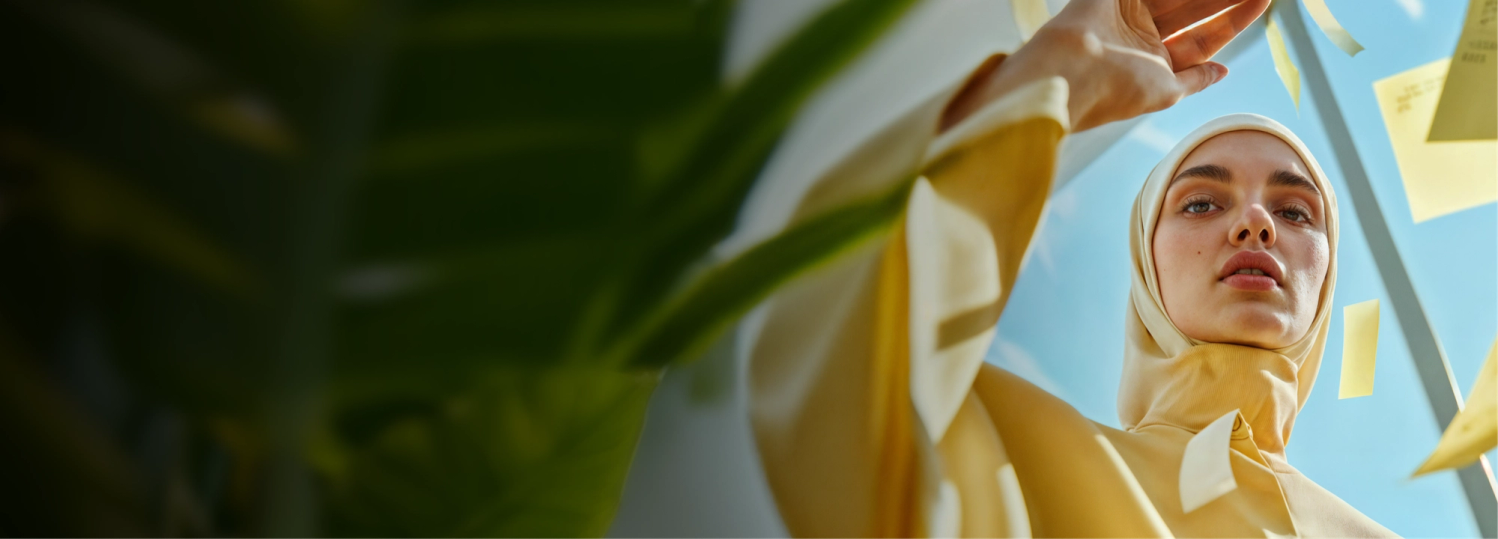Aligned by design: 8 ways Booking.com scales creativity without losing brand soul
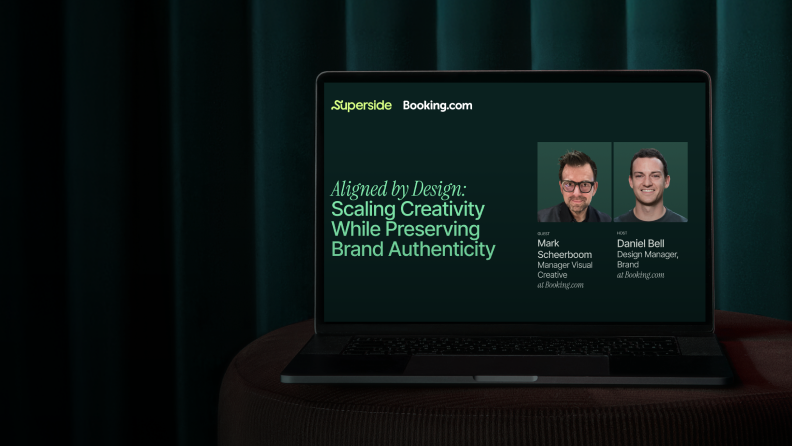
Global scale, one brand voice. Booking.com’s creative team proves you can scale fast, stay on brand and still make work that feels real, human and ridiculously consistent.
When you’re one of the most recognized travel platforms in the world, scaling creative production isn’t just a workflow challenge—it’s a brand trust exercise. With thousands of assets created across dozens of markets, the Booking.com team has figured out how to scale with clarity, not chaos.
In a recent Superside webinar, we went behind the curtain with two creative leads from Booking.com—Daniel Bell (Design Manager of Brand) and Mark Sheerboom (Manager of Visual Creative). They shared how they create and quality-control thousands of visual assets each year, stay true to a deceptively simple brand system and make space for creativity, authenticity and real human moments. One thing is certain: Booking.com isn’t just a global travel giant—it’s a creative machine.
Dive in to discover eight strategies that’ve helped them become a global creative powerhouse and how your team can use them too.
Simplicity as a superpower
Booking.com’s brand isn’t complex—and that’s by design. According to Bell, this minimalism is exactly what enables them to be so consistent across touchpoints and regions.
We don't really have a complex brand identity. It's quite minimal. And I think this helps a lot with brand recognizability.

Their “core blue,” typography, and logo are sacred, non-negotiable elements. Around these brand guidelines, they’ve built more flexible “creative principles” to guide teams on tone, humor, photography style and even how people appear in the imagery. The brand’s flexibility shows up in how humor flexes by market or platform—Super Bowl ads can be playful, partner campaigns stay functional.
Key takeaway: Keep the core brand simple so it’s easier to replicate, scale and flex without diluting it.
2. Scaling content with authenticity (not staged stock)
Sheerboom’s team creates the visuals that show up across the entire customer journey: landing pages, travel guides, emails, the app—and they do it at an astonishing scale, with a small in-house crew and a vast partner network.
With a small team we rely heavily on our vendors, but also on preparation and research.

Authenticity is the priority. That means no stiff poses, no fake smiles. “Real people in real places” is the rule. Their shoots capture the real vibe of destinations, from Parisian cafés to Sydney beaches, and each asset is curated to match what travelers will actually experience.
Key takeaway: Authentic, relatable visuals drive brand trust, especially in travel. Avoid perfection; show reality.
3. Frameworks that free up creativity
Despite tight brand guidelines, Booking.com thrives creatively because those rules give creatives something to push against.
Creativity can't exist in a vacuum... sometimes the best creative comes from the most restrictions.

The Super Bowl ad featuring the Muppets? It started with a tight integrated brief, layered with data, strategy and cultural insight. From there, creative decisions were guided by the company’s “creative strategy framework,” balancing universal truths (“sweating the small stuff matters”) with bold storytelling.
We treat no detail as too ridiculous to get right... Booking.com helps you get it ridiculously right.

This framework becomes the north star for everything—from humor and casting to location and wardrobe. Even with puppets on screen, every moment ladders back to brand principles.
What followed was a scaled rollout of campaign assets across formats, platforms and markets. The Super Bowl hero film was just the beginning—the team also produced alternate edits for different audience types, localized versions in multiple languages, static ads, GIFs and platform-specific cutdowns. Everything was housed in a campaign expression deck, acting as the creative source of truth for Booking.com’s internal and external partners.
When it comes to planning big campaigns, as Bell put it, “without agencies and without Superside, almost like an extension of our team, we just wouldn’t be able to do it.” The Super Bowl campaign wasn’t just a brand play—it was a proof point for how creative scale and brand alignment can (and should) co-exist.
Key takeaway: Boundaries breed brilliance. The right framework can unlock your best ideas, not limit them.
4. Global content, local relevance
Localization isn’t just translation at Booking.com—it's strategy. Their brand shows up consistently across regions, but local culture, language and context always shape the final output.
We’ll say ‘holiday rentals’ in one place and ‘vacation rentals’ in another... and we avoid alcohol in campaign shoots so assets can work globally.

From creative concepting to image selection, everything is considered for multi-market rollout. A large localization team ensures nuances land, and partners like Superside help translate and adapt visuals, copy and formats at scale.
Shout out to Superside, because we use you a lot to automate multiple assets and taglines and aspect ratios.

When creating a photo bank for a campaign, for example, Booking.com approaches things strategically so that they can be used for most markets. This includes considering things like appropriate clothing or references in campaign shoots to allow them to use those images globally, where possible.
In some campaigns, Booking.com might have 30 different taglines in six languages with 10 different images and 12 different aspect ratios that need to be rolled out across all these different things on a staggering timeline. For projects like this, Booking.com leans on partners like Superside, with their local expertise for help.
Key takeaway: Design for localization and global impact from day one. Plan for nuance, not just translation.
5. Creative production as a team sport
Neither team could scale alone. In-house creative owns the brand strategy—external vendors execute much of the production, from photography to rollout.
Sometimes we have 10 or 20 photographers shooting in different countries at the same time.

What makes this work? Tight briefs, strong partnerships and mutual trust. Booking.com provides detailed decks, clear brand references and regular check-ins—even when teams are managing productions remotely.
So many different hands worked on a project, but the result is consistent. That’s how we scale.

Key takeaway: Collaborate, don’t delegate. Source vendors who can be true creative partners, not task-takers.
6. A smart mix of AI + human craft
Booking.com uses AI tools and machine learning models for QA, automation and efficiency—but never to replace human creativity or authenticity.
We have machine learning models that quality check our assets… [but] we’re not creating a fake experience.

Generative AI is under active experimentation, but always within guardrails. Assets must reflect real experiences—especially in travel. That’s why they joined the EU Content Authenticity Act, prioritizing transparency and ethical standards in AI use.
Key takeaway: Use AI to scale, not to simulate. In industries like travel, real matters more than perfect.
7. Educate instead of chase
Quality control isn’t top-down at Booking.com. Bell’s approach is simple: train teams to care.
It’s much better to educate and empower than it is to chase.

By making brand principles accessible and building personal relationships, the brand team encourages internal teams to ask questions, seek guidance and want to get it right, not just follow the rules.
If you motivate the organization to want to get it right, that’s better than chasing people down.

Key takeaway: If people understand why brand consistency matters, they’ll fight to protect it too.
8. Briefs that spark, not stifle
For Sheerboom and Bell, the brief is everything. A good creative brief starts with the problem, not a pre-baked solution. It leaves room for creativity and sets the ambition high.
A strong brief needs to spark creativity… and leave space for ideas.

The brief is just the beginning and you have a conversation and you work on it.

Their brief process includes intake forms and collaborative sessions with stakeholders. The goal? Build the brief together, align early and give creatives the room to solve the problem in brilliant ways.
Key takeaway: Briefs should invite conversation, not close it. Leave space for creative thinking to do its job.
Structure drives scale—but people bring the soul
What Booking.com has built isn’t just a production system—it’s a brand culture. One that balances data with storytelling, guardrails with playfulness and global strategy with local nuance. With simplicity at the center, collaboration in every direction and authenticity as their north star, they’ve proven that high-volume creative doesn’t have to mean cookie-cutter.
Ready to build a brand that truly stands out? Superside’s expert team is here to help you shape a powerful, enduring brand identity. Our global branding specialists—experienced in top-tier agencies and world-class brands—deliver strategic solutions that boost visibility and inspire trust. Whether you need a striking logo or a complete brand overhaul, we craft cohesive visuals and compelling narratives that bring your brand to life.
Tess is a Senior Content Specialist at Superside, where she crafts compelling content for SMBs and enterprise businesses. With over 10 years of experience, Tess has honed her skills writing for both B2B and B2C audiences, working across agencies and in-house creative teams. Her expertise spans industries, including international relations, tech, hospitality, and the music industry, where she has a knack for blending storytelling with strategic insights. When she’s not busy writing, you’ll likely find her curled up with a good book, binge-watching the latest Netflix obsession or hiking.
You may also like these
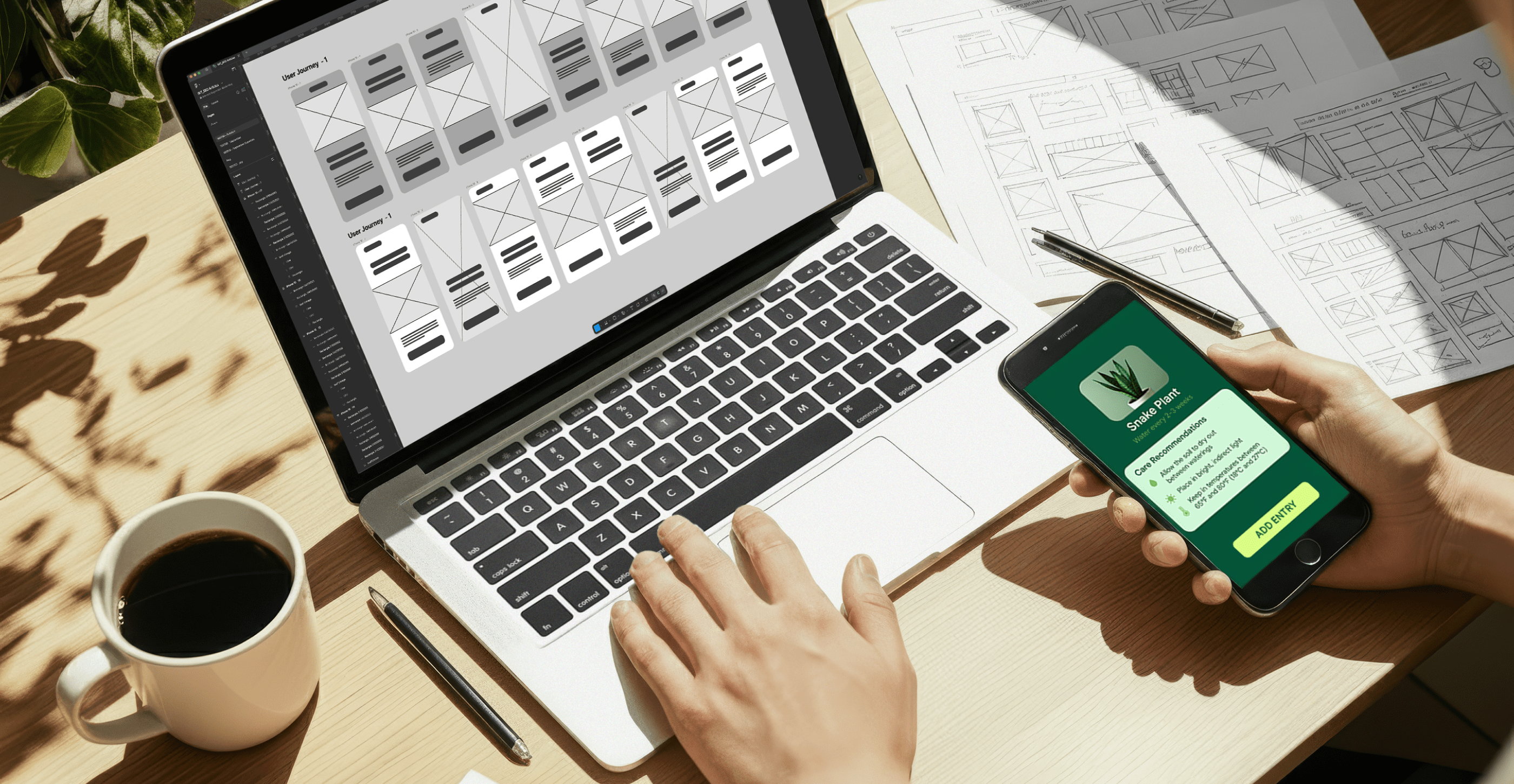
10 best product design companies of 2025
In a world flooded with digital products, the difference between a product that gets adopted by target audiences and one that gets ignored is design.Modern users are no longer merely satisfied with products that work. They seek intuitive, beautiful experiences and products they truly enjoy using. In sectors such as SaaS, consumer tech, healthcare and fintech, design shapes brand perception, product adoption, user engagement and, ultimately, loyalty.For enterprises and high-growth brands, the stakes are high. Every design misstep and delay could translate into lost relevance. Yet many in-house design teams have too little bandwidth to deliver products at the speed, scale and quality now required. On the other hand, traditional agencies move too slowly or aren’t built for the level of iteration modern tech enterprises require.This is where a top-notch, dedicated product design service can tip the balance in your favor. In this article, we unpack why great product design is a non-negotiable. We also share 10 product design companies that can help you create an in-demand, highly successful product.Why great product design is a competitive advantage for enterprise brands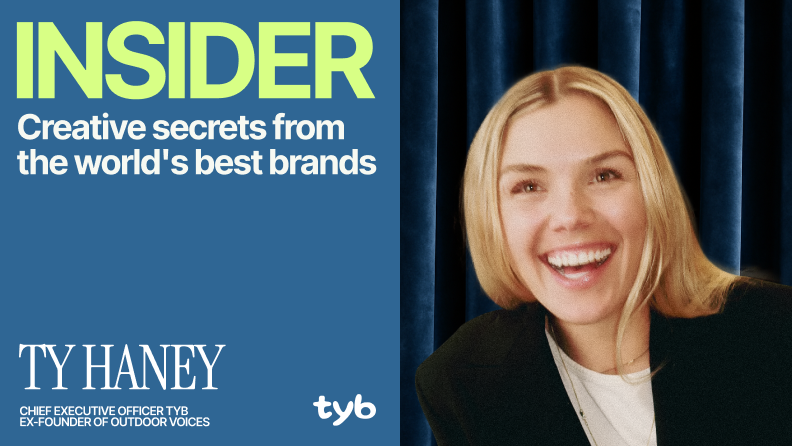
Why brands that build community get customers for life
Ads don’t seem to hit like they used to. Your customer acquisition cost is through the roof. And even when you do bring in customers, it feels like they’re only with you for a moment before disappearing forever. Some brands might be able to sustain their growth in these conditions, either because they have a massive war chest or their customers make massive transactions.But for most, there’s a better way to grow. By building a community and a fan base, you can get customers for life.At Superside’s Insider Summit, Ty Haney, three-time founder and current CEO of Try Your Best, shared how her approach to community has catapulted the brands she’s built to new heights—and how her latest venture has turned this into a business.What is community-led growth?In short? Shifting from acquiring customers to building a fan base. It means creating experiences that reward customers, granting them access to exclusive perks, and giving them something to get excited about beyond the transactional. It’s about giving them opportunities to become obsessed with your product and your brand until they become micro-influencers.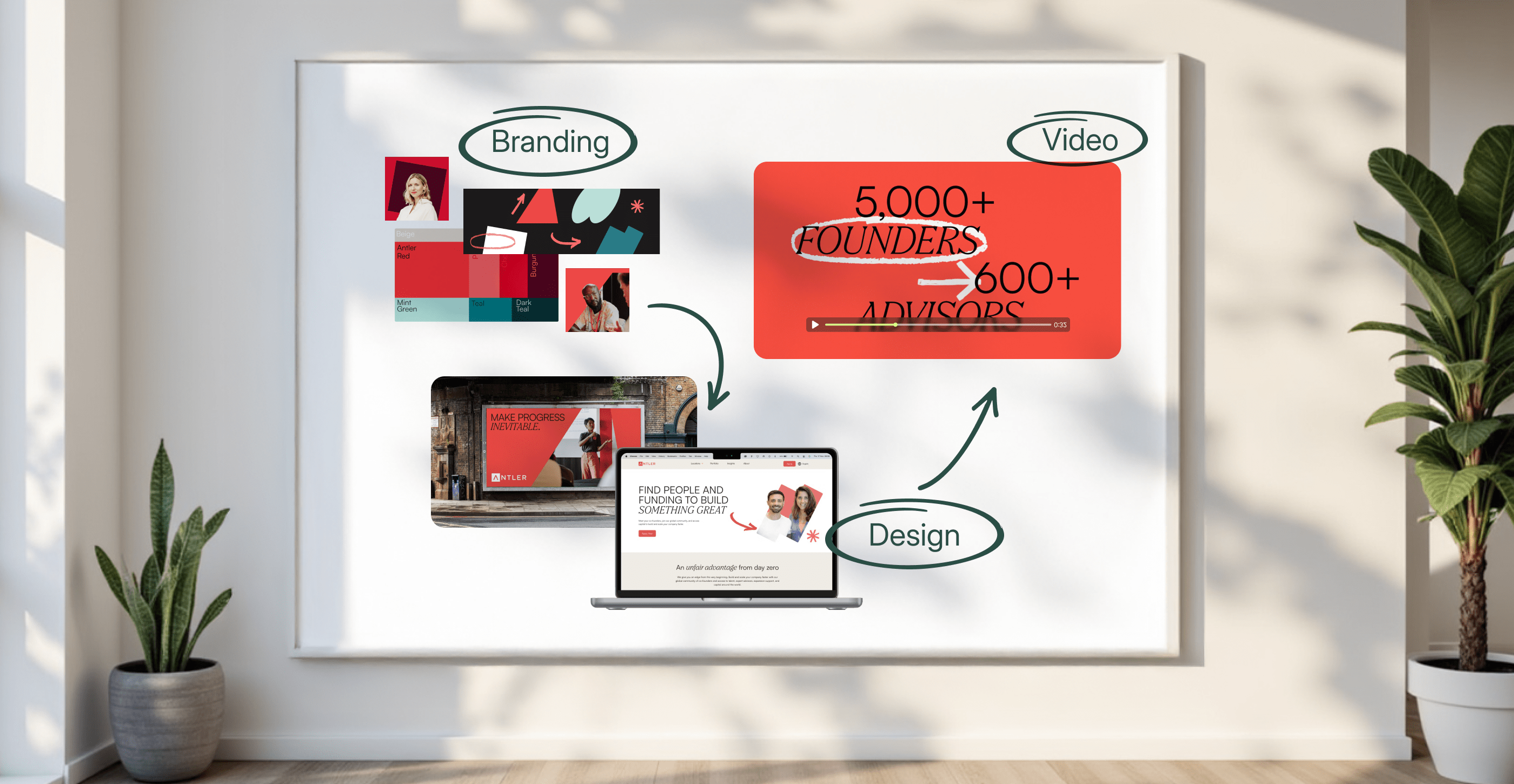
5 creative marketing services that change enterprises’ ROI in 2025
With digital advertising projected to bring in 73.2% of global ad spend, the pressure to consistently produce standout creative at scale is real. For a chance to connect with target customers, enterprise teams must now deliver high volumes of top-quality marketing creative across multiple channels.For most enterprises, increased output is only one part of the challenge. It’s usually just as tough to achieve consistency, speed and good results, especially if resources are limited. And limited they are: Our recent Overcommitted report confirmed that today’s creative teams simply juggle too much.Fortunately, many top marketing executives have come to realize their in-house creative departments can’t do it all themselves. Superside’s customers, for example, experience first-hand how a combination of strategy, data, AI-driven workflows and creative muscle can help them scale smarter, give bandwidth back to their teams and deliver a high ROI.Want to improve your creative production output and deliver eye-popping creative performance results? In this article, we explore what creative marketing is and how it can be applied in enterprise environments such as yours. In addition, meet the top creative marketing services that can help your enterprise achieve stronger results. Let's dive in!
